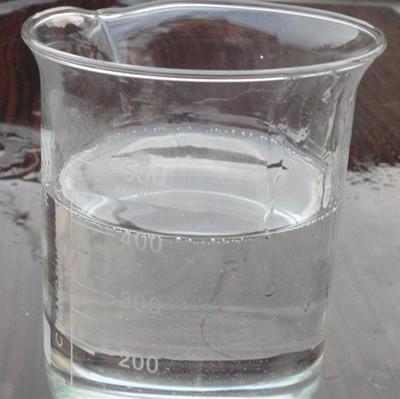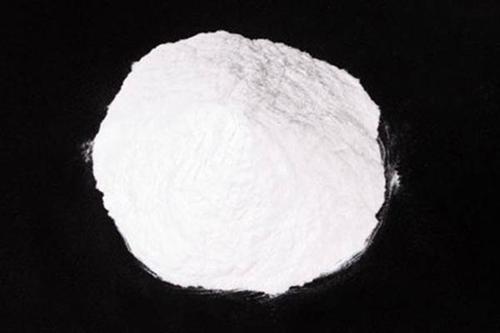Silk black surface modification is to use a certain method to react chemical substances with the hydroxyl groups on its surface, graft or coat other chemical substances, eliminate or reduce The number of silanol groups on the surface changes the product from hydrophilic silica to hydrophobic silica, thereby changing the surface properties.
Common surface modification methods of silica
(1) Silane coupling agent modification
Using the dual reaction function of the silane coupling agent, one end of the organic group reacts with the hydroxyl group on the surface of the silica black, and the other end reacts with the polymer macromolecular chain such as rubber Reaction occurs, causing the surface properties of silica to change.
Generally speaking, silane coupling agents commonly used in the rubber industry are divided into sulfur-containing silane coupling agents, such as Si69 and Si75, and sulfur-free silane coupling agents. Joint agents, such as KH550, KH560 and KH570, etc.

Sulfur-containing silane coupling agent is grafted on the surface of white carbon black and further interacts with rubber through the action of sulfur and vulcanization accelerator at high temperature during the vulcanization process. molecular chains interact.
One end of the sulfur-free silane coupling agent is an alkoxy group, and the other end is a double bond group, epoxy group, or amino group and rubber molecules. Good chain affinity group.
(2) Alcohol ester modification
On the surface of white carbon black, fatty alcohols react chemically with silicone hydroxyl groups, causing the water molecules to be removed, and the silicone hydroxyl groups are replaced by alkoxy groups, thus making the white carbon black The surface properties of black change.

(3) Polymer grafting modification
Polymer grafting modification refers to grafting polymers onto the surface of silica in a chemical reaction under certain conditions.
(4) Polymer coating modification
Coating modification is a commonly used surface modification technology, that is, covering the surface of silica with a coating layer of different chemical composition, thereby reducing The interaction between hydroxyl groups ultimately reduces surface energy and improves dispersion.
(5) Other modification methods
In addition to the above surface modification methods, silica can also be modified by emulsion polymerization, inorganic surface coating modification, and ultrasonic modification. and other methods.

 微信扫一扫打赏
微信扫一扫打赏

